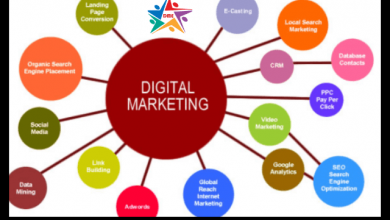What You Need to Know To Become a Web Testing Pro

In the modern world, almost everyone uses the internet. Most of our daily tasks, such as communication and enjoyment, depend on the internet. You can access the internet with either your phone or PC. Millions of people are making a lot of money with the internet.
However, having a website is not the only thing one needs to start making money. The website has to be responsive, user-friendly, and educational so that people can keep visiting the site. You can make sure that your website is perfect by testing it.
Testing your website ensures that it has all the desirable features to keep visitors coming back.
If you want to become a web tester, here is what you need to know.
What is Web Testing?
Web testing is a software testing type that professionals use to detect web applications and website bugs. Generally, all web applications are tested before being released to the public. By doing so, developers ensure that the users get the best experience.
Types of Web Testing
Various things require testing before a website or software is released to the masses; thus, there are various types of web testing. They include:
Performance Testing
These days, many people do not tolerate a website that takes more than three seconds to load. They leave and go look for what they wanted from you elsewhere. Therefore, make sure that the website owner understands the importance of loading speed. Test the site and if it takes more than three seconds to load, recommend some changes.
Cross-Browser Testing
These days there are so many browsers that people use, and you need to ensure the site is functional in all the browsers. Test the site in popular browsers such as Google Chrome, Safari, Firefox, Internet Explorer, Brave, and Opera Mini. Tell the owner to make some changes if the site does not work in some browsers.
Mobile Optimization Testing
These days the majority of people use their mobile phones to access the internet. However, the two most popular mobile operating systems, Android and iOS, do not work the same. Therefore, it is important to ensure the site or app you are testing is optimized to work in both systems to ensure all customers access it. Also, the site must work on different types of phones.
Accessibility Testing
The world is made up of different people, and the app and website developers must consider all of them before releasing them. The website/app should adhere to the W3C standards.
Explanatory Testing
Explanatory testing is usually used when testing the website for the very first time. It can also be used when testing new features. The testing is done to detect flaws and gather feedback for future changes to the website. That way, improvements can be made to better the user’s experience.
Interface Testing
The user interface should be as friendly as possible. A good interface should be simple, intuitive, consistent, and attractive to the users. Test it and give feedback to the owner if you think it might require changes.
Security Testing
There is so much sensitive information shared online, so it is paramount that the data is as protected as possible. A security flaw could lead to the loss of trust from customers and sometimes even lead to lawsuits. Ensure the website does not have any loopholes that hackers can use to get information about the users.
Skills Required to be a Web Tester
- Basic knowledge of SQL and databases
- Understanding of Linux commands.
- Experience in using different test management tools.
- Understanding and experience with different automation tools
- Understanding how to use different defect tracking tools
- Excellent communication skills to communicate with website owners.
- The right attitude to work in the field
- Time management skills since web testing can be very demanding.
- Passion for testing: You must love your job to do it perfectly.
Closing Thought
Web testing is an important part of software and website development. Software is tested in various ways, including interface, security, usability, etc. To learn these different types of testing, you need to acquire several skills, including learning how to use various management tools, understanding Linux, SQL, and experience with various automation tools.




